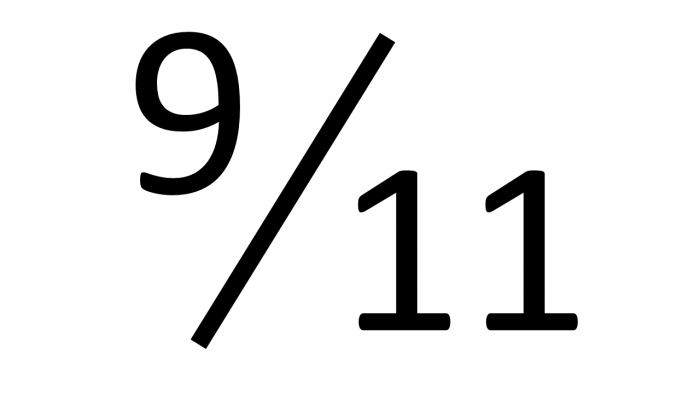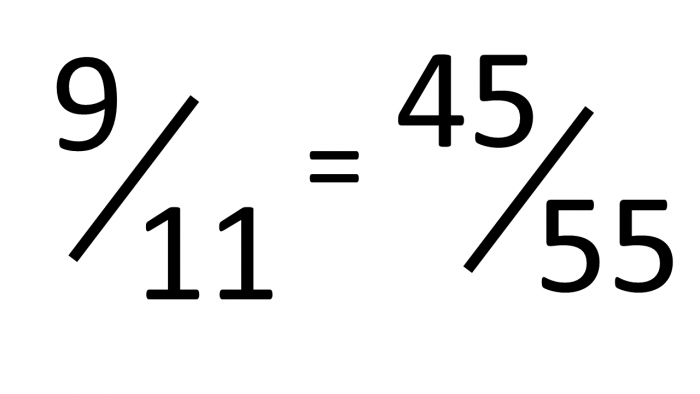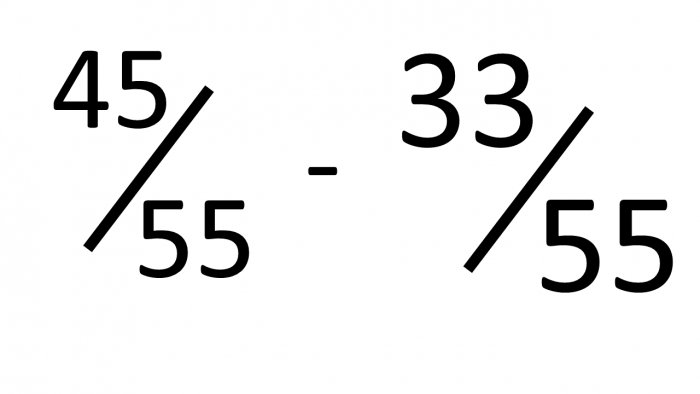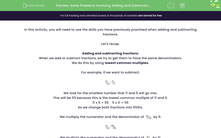In this activity, you will need to use the skills you have previously practised when adding and subtracting fractions.
Let's recap.
Adding and subtracting fractions:
When we add or subtract fractions, we try to get them to have the same denominators.
We do this by using lowest common multiples.
For example, if we want to subtract:

We look for the smallest number that 11 and 5 will go into.
This will be 55 because this is the lowest common multiple of 11 and 5.
11 x 5 = 55 5 x 11 = 55
So we change both fractions into 55ths.
We multiply the numerator and the denominator of  by 5:
by 5:

We multiply the numerator and the denominator of  by 11:
by 11:

So now we have:

Answer = 

Sometimes, we get a mixed number in our calculations.
In some of the questions in this activity, we will have to convert a mixed number into an improper fraction, or the other way round, before we can do the calculation.
Here's a quick reminder!
1 5/6 is a mixed number.
To convert it into an improper fraction, we multiply the denominator (6) by the whole number (1): 6 x 1 = 6
Then, we add on the numerator (5) 6 + 5 = 11
Our improper fraction is now 11/6
17/5 is an improper fraction.
To convert it into a mixed number, we divide the numerator (17) by the denominator (5).
17 ÷ 5 = 3 remainder 2
We put the remainder as the new numerator.
Our mixed number is 3 2/5

In this activity, you will be faced with a set of problems that will need you to use all your skills of converting between mixed numbers and improper fractions, converting fractions with different denominators and also adding and subtracting.
Are you ready to have a go?
You can check back to this introduction at any point by clicking on the red help button on the screen.
.jpg)







